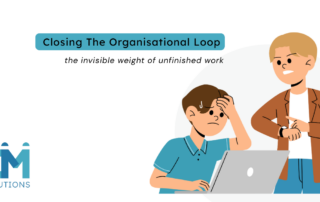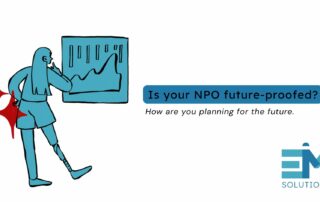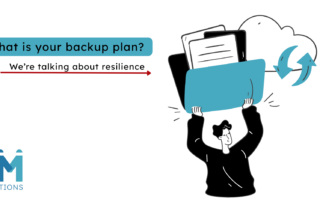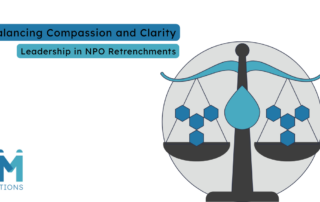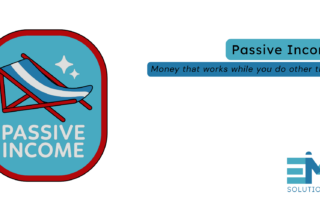Closing Organisational Loops for a Strong New Year
Every NPO leader knows the invisible weight of unfinished work: lingering proposals, vague project scopes, unanswered donor emails, pending HR issues, or that monitoring system you meant to fix in March. These “open loops” don’t only drain personal energy, they slow organisational performance, weaken team focus, and create operational drag across the entire system.
In technical terms, open loops increase cognitive load, reduce execution bandwidth, and create a culture where reactivity replaces intentionality.
December provides a strategic window to reduce this load and enter the new year with sharper operational capacity.
Let’s make this practical with a micro-closeout audit across five areas:
- Projects: Identify deliverables that can be closed quickly, and document anything that must roll over.
- People: Resolve outstanding feedback conversations, clarify roles for January, and confirm leave schedules to prevent bottlenecks.
- Systems: Archive old files, update workflow boards, and clean up your CRM or M&E platform.
- Finance: Clear small reconciliations, outstanding supplier issues, unallocated transactions, or donor reporting requirements.
- Leadership: Review strategic commitments and decide which to keep, pause, or stop entirely.
What will this micro-closeout audit do for your organisation? It will improve staff collaboration, make decision-making faster, and set you up to respond more effectively to emerging community needs and funding shifts.
Leaders who model closure create teams that execute with clarity. Leaders who drift into the holidays with chaos signal that ambiguity is acceptable.
Take a moment in the pre-holiday madness. Your team will thank you in the new year.
As always, EM Solutions is available to assist you should you need a sounding board or an extra pair of hands. Because we believe in you, and in unlocking NPO potential.
8 December 2025


